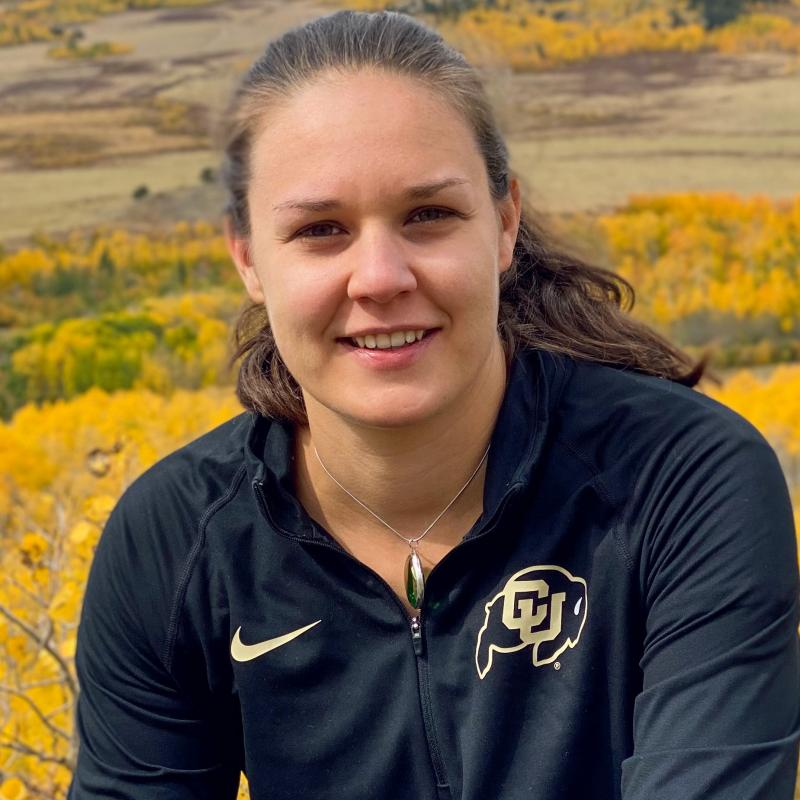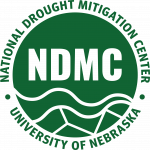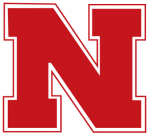Summary
Our Approach
We developed the Drought, Ranching, and Insurance Response (DRIR) model as (Fig. 2) the enterprise calculator of a decision tool for applying sub-seasonal forage forecasts to range livestock grazing management.
The goal is to develop a testbed of generalizable decision models that can be simulated for a range of weather and climate sensitive decision structures and contexts (e.g., agriculture, fisheries, transportation, and infrastructure) to calculate the economic value added in those sectors by application of weather, climate, water and ocean observations and predictions. In the first case, expected- utility decision trees and agent based modelling are applied to calculate the added value of seasonal net primary production (forage) in western livestock production (ranching). Next cases include stormwater infrastructure, winter road maintenance, and coastal fisheries. In each case, the decision model testbed builds on machine learning approaches to automate model simulation with forecast information.
Decision Model Testbed
This effort builds on formal risk and decision analysis, including agent-based modeling and Bayesian decision-making. The project takes aim especially at two dimensions of the forecast-decision complex (Fig. 1):
(1) How enterprise structure, often shaped by tradition and institutional incentives and constraints (e.g., fishing seasons), limits or allows economically-beneficial use of additional information; and
(2) How the decision-maker integrates forecast information with their experience, skill, and local observation and other information types and sources to up-date their utility function and make weather-sensitive choices.
Figure 1: General structure of the testbed for assessing the value of weather and climate information in different enterprises.
Ranching Project: Livestock grazing choices with drought forecasts
We developed the Drought, Ranching, and Insurance Response (DRIR) model as (Fig. 2) the enterprise calculator of a decision tool for applying sub-seasonal forage forecasts to range livestock grazing management.
The ranch/drought decision testbed incorporates DRIR, decision trees, and forecast inputs (Fig. 3).
The first forecast information tested with the model are predictions of seasonal forage production on the Great Plains, from: https://grasscast.unl.
Ranch/Drought Base Simulations
Base runs are simulations based on actual precipitation for 5-10 year periods using the DRIR enterprise model tuned to a model 650 cow/calf ranch in northeastern Colorado. These simulations test adaptation (acquire extra feed), no adaptation (forage deficit translates into lower weight gain and reduced income), and a “normal” year marked by 100% forage, with outcome expressed as the ranch annual net income (Fig. 3).
In a “normal” year (e.g., forage factor at about 100% and prices typical during the simulation time period in the central Plains) this cow/calf enterprise nets about $85,000 from cattle production alone (ranches often derive income from other ranch operations). The 2016-2020 simulations shown in Fig. 4 included three notably dry years (2016, 2018, and 2020) with forage below normal (78%, 72% and 66%, respectively).
Publications:
Williams, T.M. and W.R. Travis (2019): “Evaluating alternative drought indicators in a weather index insurance instrument.” Weather, Climate and Society 11: 629-649. DOI: 10.1175/WCAS-D-18-0107.1
Shrum, T., W.R. Travis, T. Williams, and E. Lih (2018): “Managing climate risks on the ranch with limited drought information.” Climate Risk Management 20: 11-26. DOI: 10.1016/j.crm.2018.01.002
Current Working Paper:
This project has been supported by the National Drought Mitigation Center (NDMC) University of Nebraska-Lincoln, the USDA Northern Plains Climate Hub, and the Western Water Assessment (a NOAA RISA project).
Featured Blogs
Project Team
Project Lead
William R. Travis
In Earth Lab, Travis leads work on environmental risk and decision-making, and developing the science and tools that can improve adaptation to a changing environment, with a recent focus on agriculture, infrastructure, insurance, and hazards mitigation, areas sensitive to the pace and pattern of environmental change.





